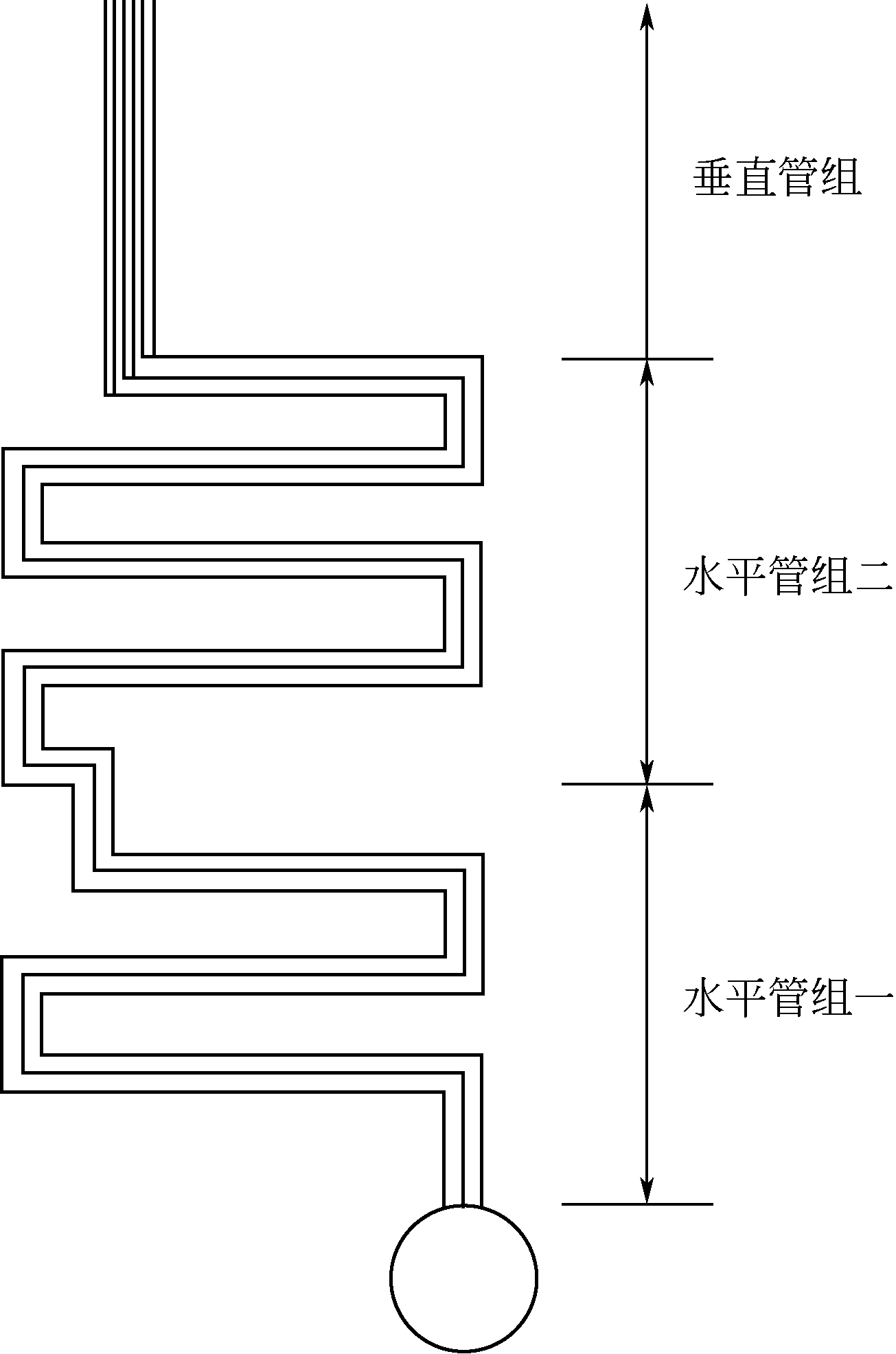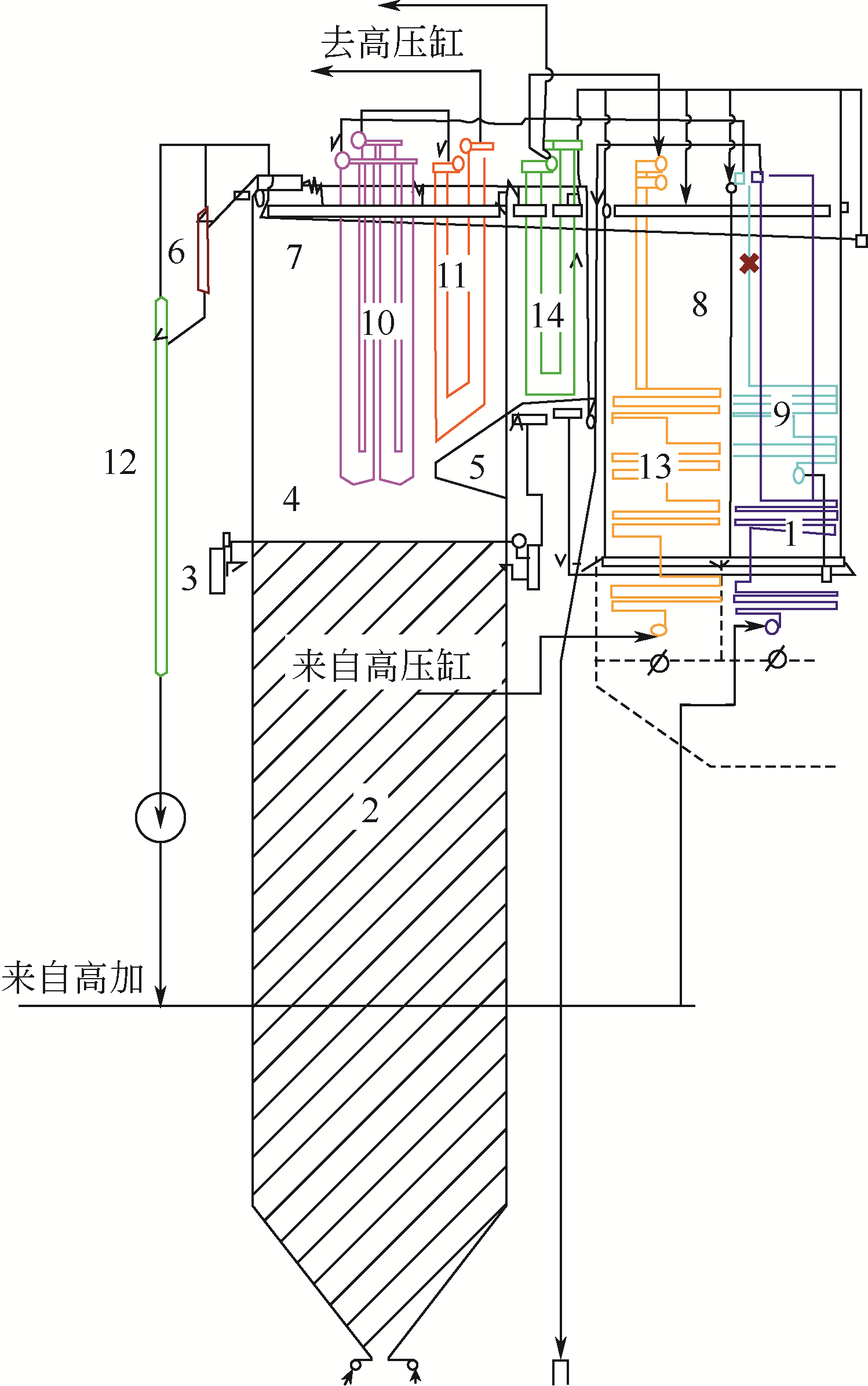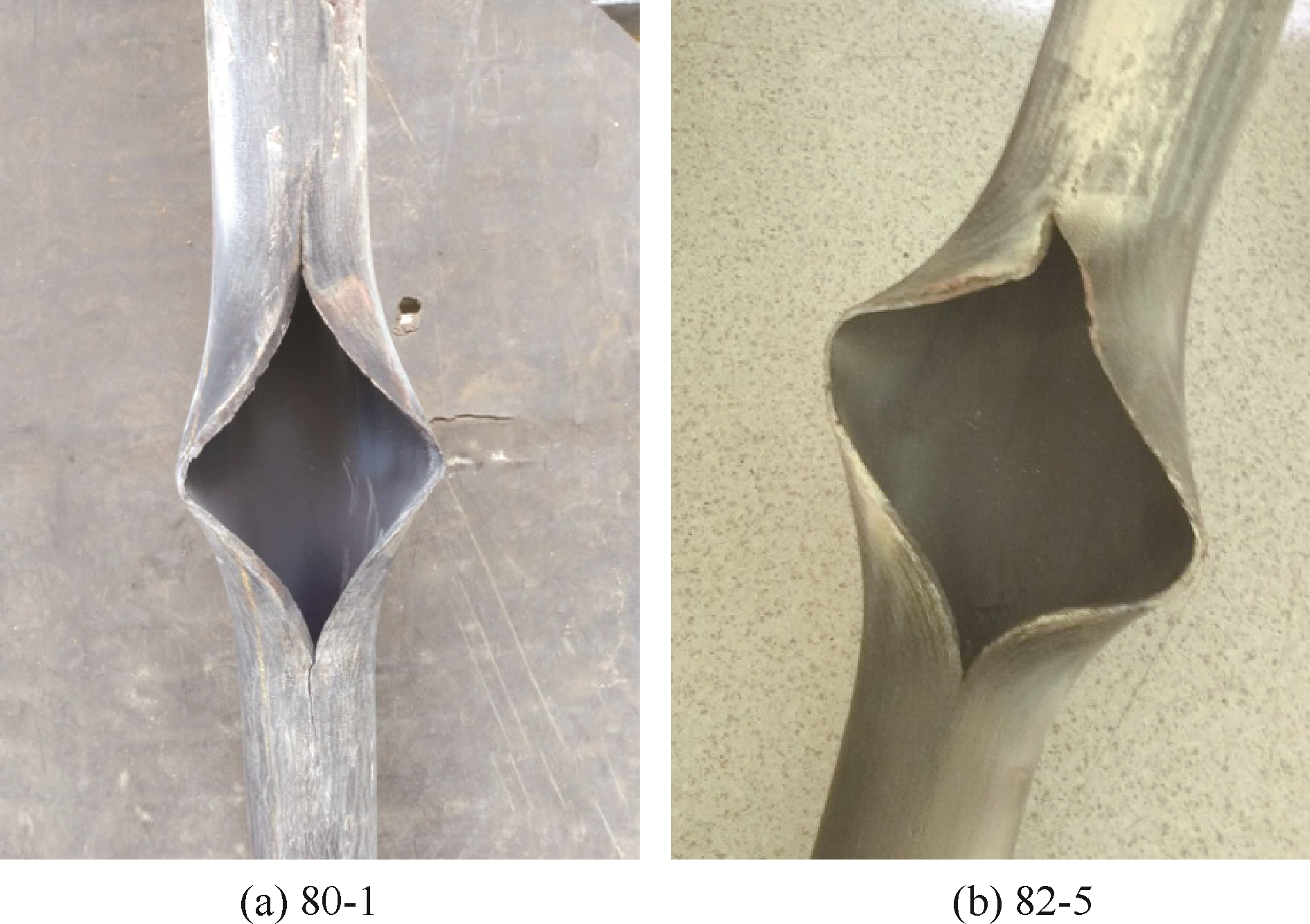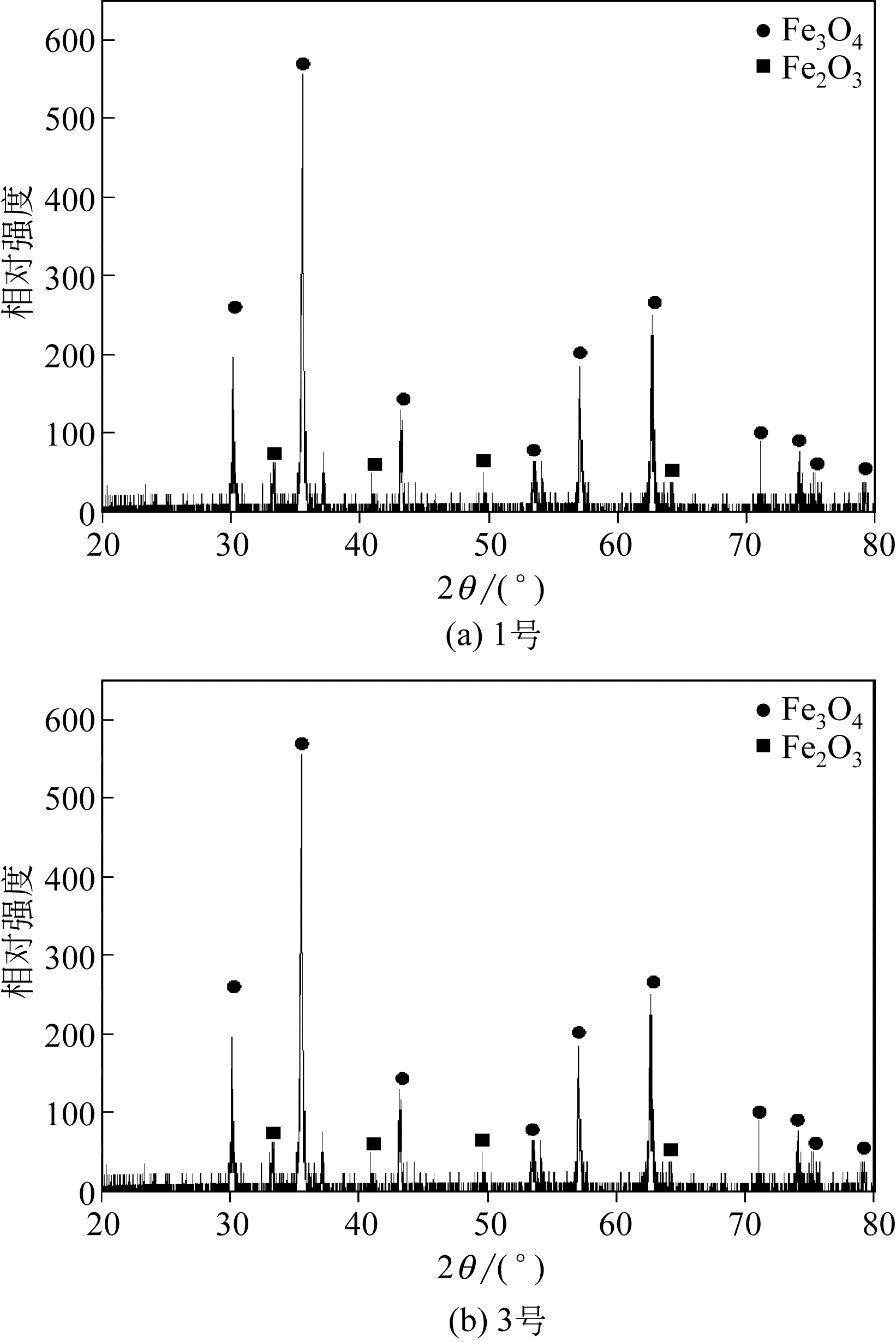化工进展 ›› 2019, Vol. 38 ›› Issue (06): 2633-2640.DOI: 10.16085/j.issn.1000-6613.2018-1705
1000MW超超临界锅炉低温过热器爆管原因分析
- 1. 华电电力科学研究院有限公司,浙江 杭州 310030
2. 东南大学能源与环境学院,江苏 南京 210096
Invalidation analysis of low-temperature superheater for a 1000MW ultra-supercritical boiler
Shuai WANG1,2( ),Xin WU2(
),Xin WU2( ),Kun LU1,Qingguo ZHANG1
),Kun LU1,Qingguo ZHANG1
- 1. Huadian Electric Power Research Institute Co. , Ltd. , Hangzhou 310030, Zhejiang, China
2. School of Energy and Environment, Southeast University, Nanjing 210096, Jiangsu, China
摘要:
通过爆口宏观形貌分析、氧化膜堆积量射线检查、样管基体的化学成分及硬度检测、样管内壁氧化膜微观形貌及成分分析、氧化膜脱落失效机理分析,对某发电公司1000MW超超临界锅炉低温过热器爆管原因进行了深入研究。结果表明:低温过热器垂直段下弯头氧化膜堵塞引起短时过热爆管;样管完全满足国家标准或行业标准对12Cr1MoV钢的化学成分及硬度要求,低温过热器当量金属温度也远低于低温过热器壁温设计值和12Cr1MoV的抗氧化温度;大容量锅炉低温过热器管壁厚、热应力大和大容量锅炉蒸汽流速大、扰动强度高等因素共同导致氧化膜临界脱落厚度远小于小容量锅炉同管材氧化膜正常脱落厚度,增大了低温过热器氧化膜堵塞爆管的概率;在一定区域内低温过热器壁温沿炉膛宽度方向分布为中间壁温低、两侧壁温高,两次低温过热器爆管位置均在壁温最高区域,壁温高也增加了氧化膜生成速率和爆管的概率。研究结果还表明:样管内壁氧化膜有明显分层现象,由外到内分别为Fe2O3层、Fe3O4层和富Cr氧化物层等3层,晶粒尺寸由外层至内层逐渐减小,表面结构由外层至内层逐渐致密。
中图分类号:







